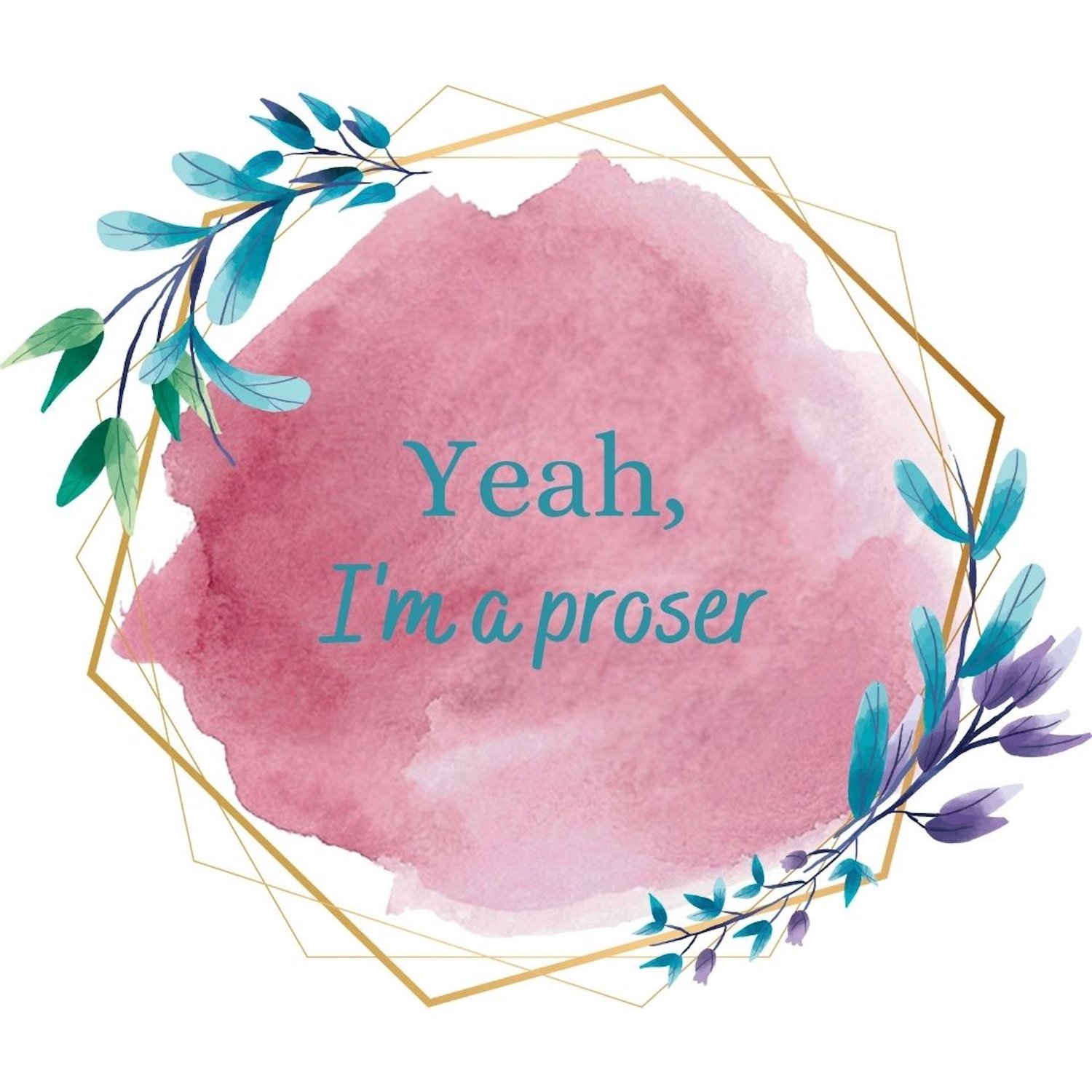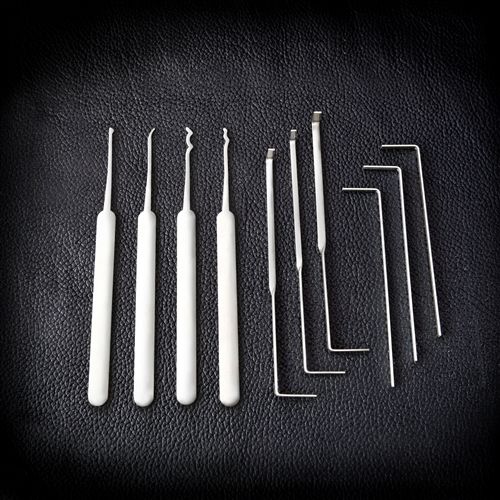Whether we want our characters to be humble locksmiths or master thieves, writing a character who knows how to pick locks can be a lot of fun.
HOW LOCKS WORK
The basic idea behind a lock is surprisingly simple.
Small pieces of metal, or in some cases wood, would be placed strategically inside the device and used to keep the lock from opening. Only by aligning these pieces of metal properly, would the lock be free to move.
Here is an image of a modern day lock.
Do you see the pieces of metal the key moves out of the way? Those little tumblers are all it took to keep the cylinder from turning and releasing the bolt.
Old locks were much the same in this basic design. Here is the link to a video that shows how an ancient Roman padlock worked.
A very small piece of metal inside the lock is positioned so that it holds the top of the lock in. Inserting a pin, no bigger than a large paperclip through a hole in the bottom, is all it takes to move that piece out of the way making it possible to pull the top off.
This basic design was also the premise for wooden locks. As seen here.
LOCK PICKING
Now in the padlock example above, the obvious thing to do would be to find a paperclip and viola, the perfect make shift key for the job.
However, we'd still need to know how it worked first. And that's a lot harder to figure out when the cover is in place, and we can't see inside anymore.
In modern-day homes, all of the locks are keyed so that each tumbler is a unique length. So the technique a character might use to pick his own locks won't be the same as the technique he'd need for his neighbor's.
Even if he got tumblers one, two, and four aligned properly, if he couldn't manage to line up tumbler three, the lock wouldn't open and he'd be out of luck.
In order to pick locks, the thief or locksmith needs a certain amount of knowledge on the specific lock they are working on.
This is why locksmiths have a collection of locks and picks they use to perfect their craft. They buy up different locks and use them to familiarize themselves with the models they may need to pick in the future. Sherlock Holmes himself collected different types of locks to practice the craft of lockpicking on in Sir Doyle's popular series.
Now, some brands and models use the same key for each lock. Meaning if we bought ten of them and lost nine of the keys, we'd still be able to use all ten of the locks. This makes it easier to learn how to pick that lock, because we could study one key, practice on one lock, and then use that knowledge for all future locks in that brand and model.
TOOLS OF THE TRADE
A pick set, like the one below, is a common tool in the lock smith's arsenal. As you can see the picks come in different sizes and cover different angles.
This allows for a wide scope of application.
However, a character can make anything small and sturdy enough into a make shift pick. Remember the roman padlock and the paper clip. All the character needs to do is get the smaller pieces of metal out of the way.
This often requires more finesse than skill. Even a complete amateur could pick a lock if they have enough time and patience.
What is important is using the torque, a special tool provided in the kit, to keep a slight amount of pressure on the tumblers, so the ones that are already aligned won't fall back down in an endless cycle. In the picture below the torque picks are on the right.
By inserting the torque and applying a small amount of pressure you nearly eliminate the risk that the tumblers you have successfully aligned will fall out of place.
However, you don't need a specially made torque tool like the one above. Any piece of metal small enough to fit in the lock, but big enough to apply pressure to the cylinder, will work.
This is why in movies, characters who break into buildings often have two pieces of metal to insert in the lock.
Only one is the actual pick. The other is for torque.
Now, this information wouldn't have applied hundreds of years ago when locks were just starting out. However, both professional thieves and locksmiths of old also had tools they used for their trade.
For instance, the name skeleton key comes from the use of a special key popular among castle Lords that allowed them to open any room in their estate. If a thief also had the same key, he could move about just as freely. (You can read more about this very interesting fact in the link here.)
Ever since the invention of the first lock, people have been trying to find ways around it. But those ways all stemmed from a detailed understanding of how the lock worked. So your characters will also need this understanding.
The best way is to familiarize ourselves with the lock we'd like our characters to come up against.
This is made easy with the various youtube videos that show recreations of many ancient locks. Like this one where a man made his own ancient Viking padlock.
Or we can come up with our own lock and make sure our characters are experts on them.
COMPLICATIONS
Of course, there are some complications that might crop up when picking a lock. And complications make for great conflict.
The state of the lock is one thing to consider. If the lock is rusted, the tumblers won't move freely and might stop moving all-together. In a case like this, even the owner using the actual key would have a hard time opening it.
There is also the chance of being discovered while trying to open a lock. If your characters aren't the owners of the lock and let's face it, it wouldn't be any fun if they were, then they will have to hurry to avoid detection.
Another thing that we could use to add conflict is the state of the lock before and after the picking. If there are any scratches on the lock from where the picks slipped, an observant villain might deduce the lock has been tampered with. Which could lead to them destroying evidence, catching the protagonist while inside, or having the MC arrested for trespassing.
CONCLUSION
There you go. The very, very, very basics of lockpicking. There is a lot of work that goes into perfecting this skill, so if a character is new to it, they will have much more trouble than someone who has a lot of experience.
However, the most important thing to keep in mind is the characters knowledge and understanding on how the lock works. The more something is understood, the easier it is to overcome.
Thanks for joining me this week!
God Bless,
Lindsi



